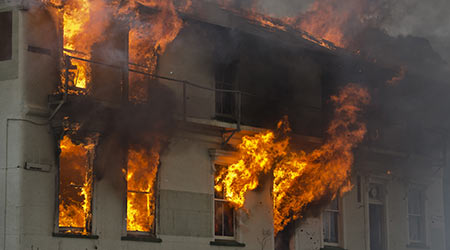
School Security: States Increasing Funding
April 26, 2018
Properly funding upgrades to institutional and commercial facilities is an ongoing challenge. Maintenance and engineering managers know that annually, they must find creative ways to secure finding through marketing their departments, communicating effectively with the C-suite, and gathering and packaging key data on performance, productivity and facility needs, among other tactics at their disposal.
Even then, the finances often lead toward the organizations’ core mission, whether it is education, health care, government, or hospitality. In many cases, only a crisis or some other extenuating circumstance can prompt those controlling the purse strings to invest in facilities.
In the case of the nation’s K-12 public school districts, that is exactly what is happening in the case of school security.
Read: Four steps to strong school security
In the wake of the high school shooting in Parkland, Fla., that killed 17 people, at least 10 U.S. states have introduced measures to increase funding for hardening of school buildings and campuses, add resource officers and increase mental health services, according to Reuters’ tally.
Many of the proposals outlined the need for bulletproof windows, panic buttons and armored shelters to be installed in classrooms. Some legislation called for state police or sheriff’s departments to provide officers to patrol public schools.
Read: Building layers of school security
Altogether, more than 100 legislative bills to address school safety, not all of which have funding components, have been introduced in 27 states since the Feb. 14 shooting at Florida’s Marjory Stoneman Douglas High School, according to data from the National Conference of State Legislatures.
But states usually do not have extra money on hand or room to raise taxes. So to pay for the measures, states mostly are shifting money away from other projects, dipping into reserves or contemplating borrowing.
“I would characterize these proposals and the bills that were passed, for example Florida and Wisconsin, as primarily shifting funding from other priorities,” says Kathryn White, senior policy analyst at the National Association of State Budget Officers.
Calls for greater gun control and more safety measures have come during peak budget season for nearly all states, whose legislatures spend the spring in debates that shape the coming year’s budget starting July 1.
This Quick Read was submitted by Dan Hounsell — dan.hounsell@tradepressmedia.com — editor-in-chief of Facility Maintenance Decisions, and chief editor of Facilitiesnet.com.
Next
Read next on FacilitiesNet












